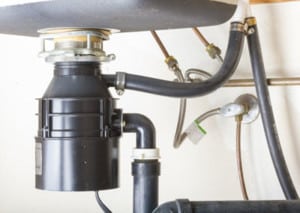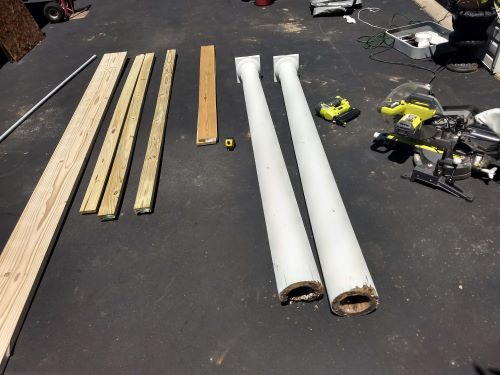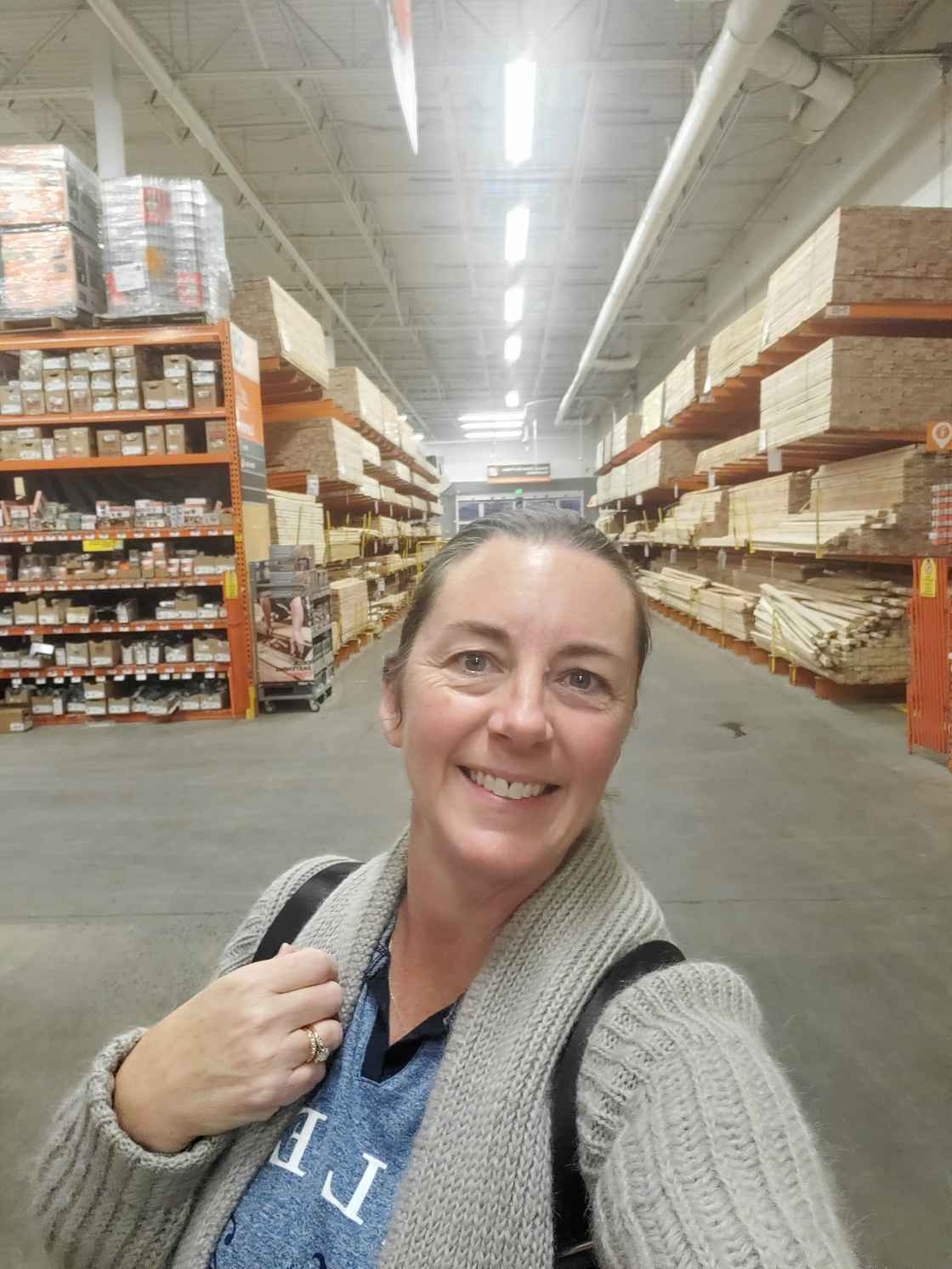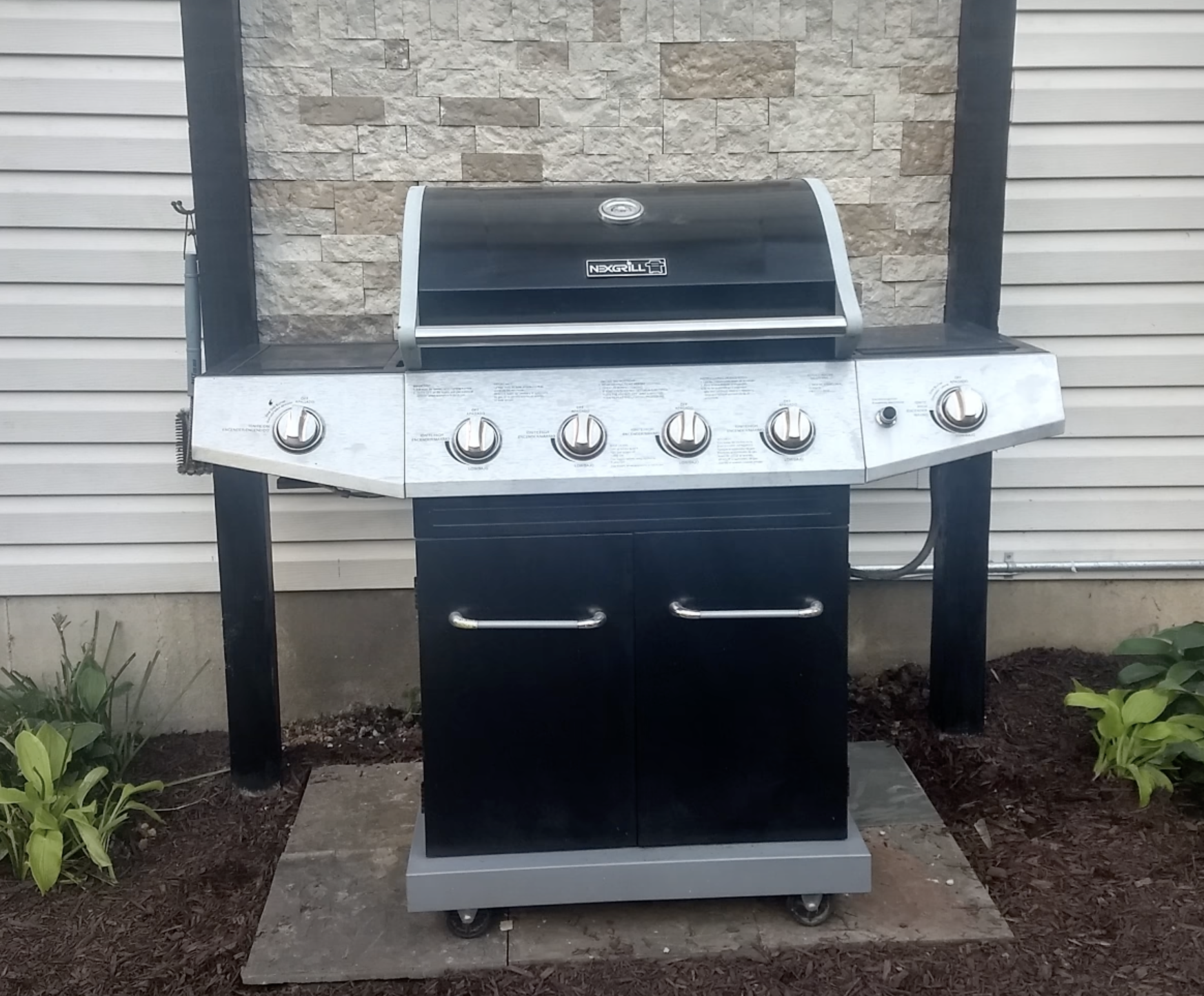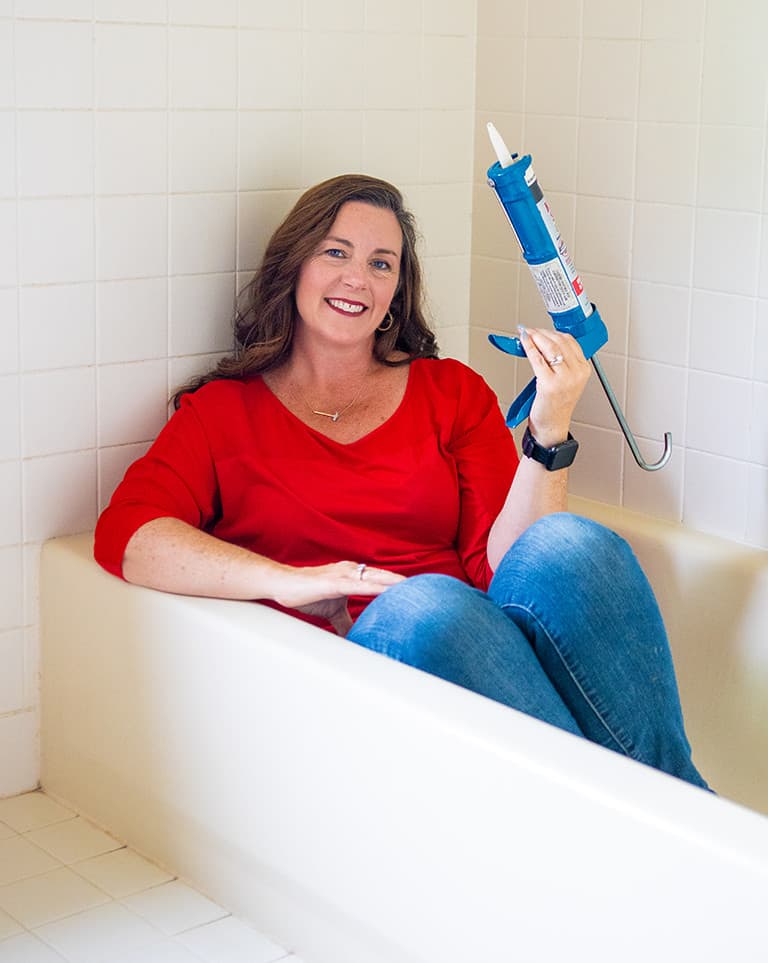Warmer days and lower humidity make spring the perfect time of year to paint, inside and outside. You too, can have that high quality paint job that looks like a pro did it but still save yourself money and time. It’s all in the preparation. So, before you open that can, ask these following questions. Are the conditions right, surfaces prepared and proper tools on hand?
What are the right conditions? Important factors in any paint job are light, humidity and temperature. The first key is light. It is really hard to get good coverage when you can’t see the surface from all the angles. A floor lamp or handheld work lantern is great to shine over areas and see where you’ve missed.
Next, consider the humidity and temperature. These issues can have a huge impact on drying times and paint adhesion. Generally, humidity below 50 percent and temperatures between 40-80 degrees are ideal conditions. Read your paint can for specific recommendations. If you are indoors with the air conditioning on, you can usually get around these two issues.
Surface preparation is vital, whether the surface is wood, metal, plaster or drywall. Any surface should be clean, free of loose paint and appropriately primed. Walls need to be properly spackled, sanded, dust free and grime free. The act of spackling cracks and holes only takes minutes but the process takes hours. Don’t rush it. Apply thin coats of spackle, allow it to dry completely, then sand and repeat the process. A lumpy patch of spackle will taunt you for years and is too hard to smooth out after it is painted.
Insider Tip: Be sure to apply primer to freshly spackled areas before top coat of color to make sure the paint covers evenly. Wipe walls with a damp cloth to rid them of dust and use a degreaser, like Awesome, for the sticky goo.
Are you well equipped for the job? All paint tools are not equal; there are brushes made for oil-based paints or latex. Rollers are designed for smooth walls or those rough popcorn ceilings. Drywall needs a different sand paper than wood does. Painting a large room? Opt for the 18 inch wide roller set and get the job done faster. Best advice for any DIY ’er is to have a conversation with the paint store clerk. Tell them about your project and make sure you have the right stuff for a picture perfect finish.
Here are some of the best tips I have learned for a Do-It-Yourself painter.
• Need to stop painting for a few hours, place your rollers and brushes into a zipper storage bag – it keeps it moist and useable until you get back to work.
• Drill a small hole into rim of paint can so drippings go back into can.
• Don’t leave painter’s tape on for more than a day, it can mar the paint when peeled off.
• Use painter’s caulk along molding to wall edges and molding to molding.
• Always write on the lid the name of the room where the paint was used.



